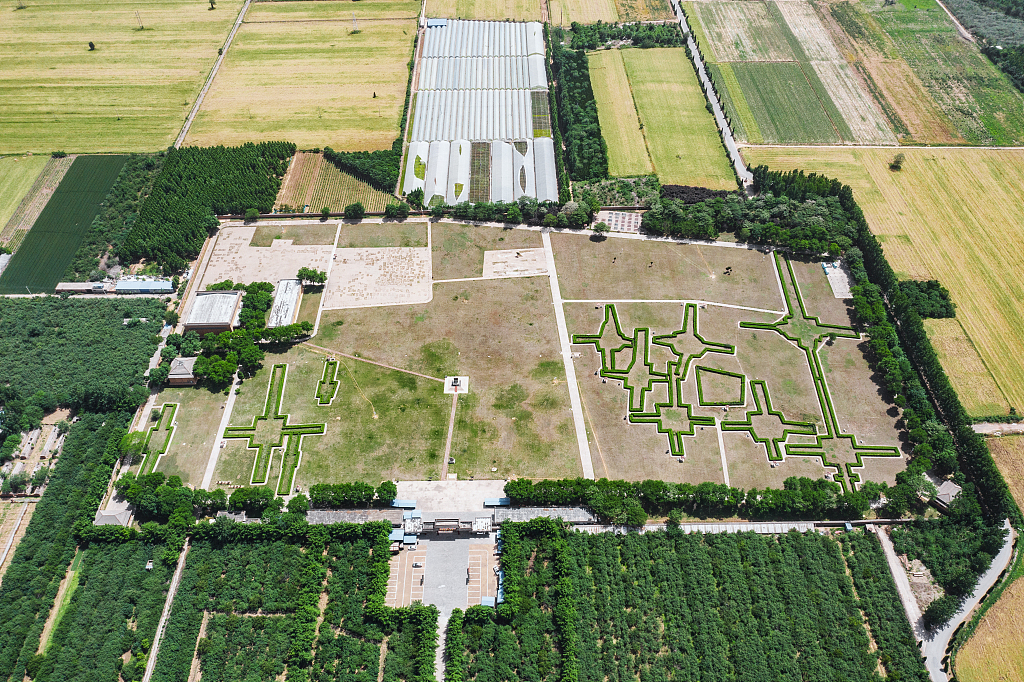
An aerial view of the archaeological site of Yinxu in Anyang, Henan, May 12, 2020. /CFP
An aerial view of the archaeological site of Yinxu in Anyang, Henan, May 12, 2020. /CFP
Situated on both banks of the Huanhe River to the northwest of Anyang, central China's Henan, Yinxu, or the Yin Ruins, boasts the remnants of the ancient city of Yin, the capital of the late Shang Dynasty (1600-1046 B.C.) and the first capital site that has been documented and substantiated by archeological findings in Chinese history.
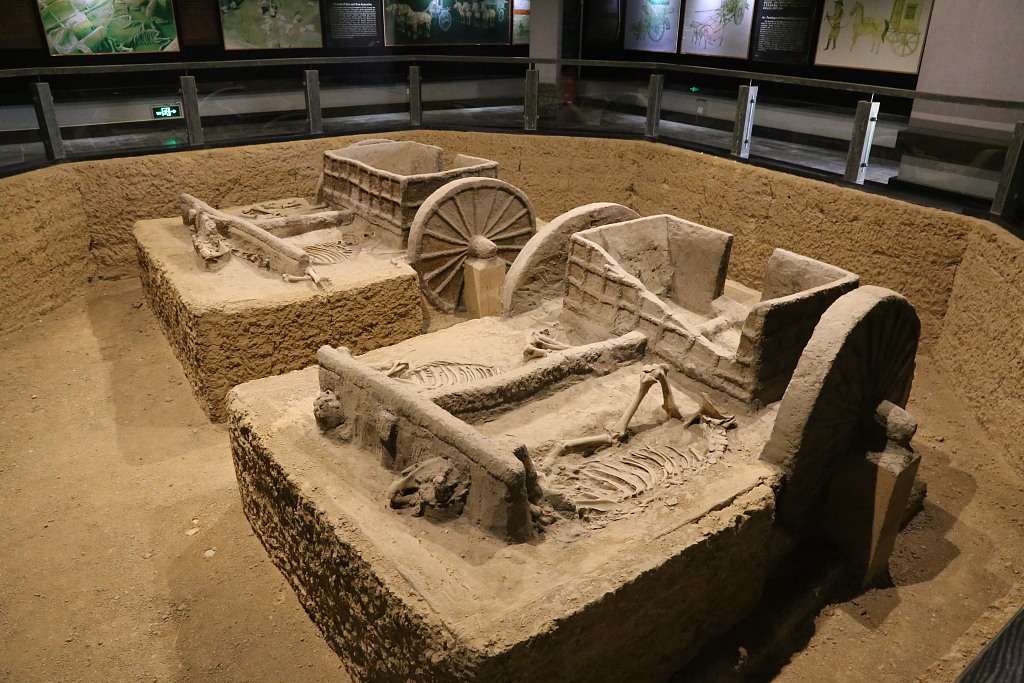
Photo taken on July 13, 2017 shows the chariot pit at Yinxu, or the Yin Ruins, in Anyang, Henan. /CFP
Photo taken on July 13, 2017 shows the chariot pit at Yinxu, or the Yin Ruins, in Anyang, Henan. /CFP
Dating back over 3,000 years, the relic site, whose discovery marked one of China's most significant archaeological finds in the 20th century, was added to the UNESCO World Heritage List in 2006 and is being hailed as testification to "the golden age of early Chinese culture, crafts and sciences, a time of great prosperity of the Chinese Bronze Age."
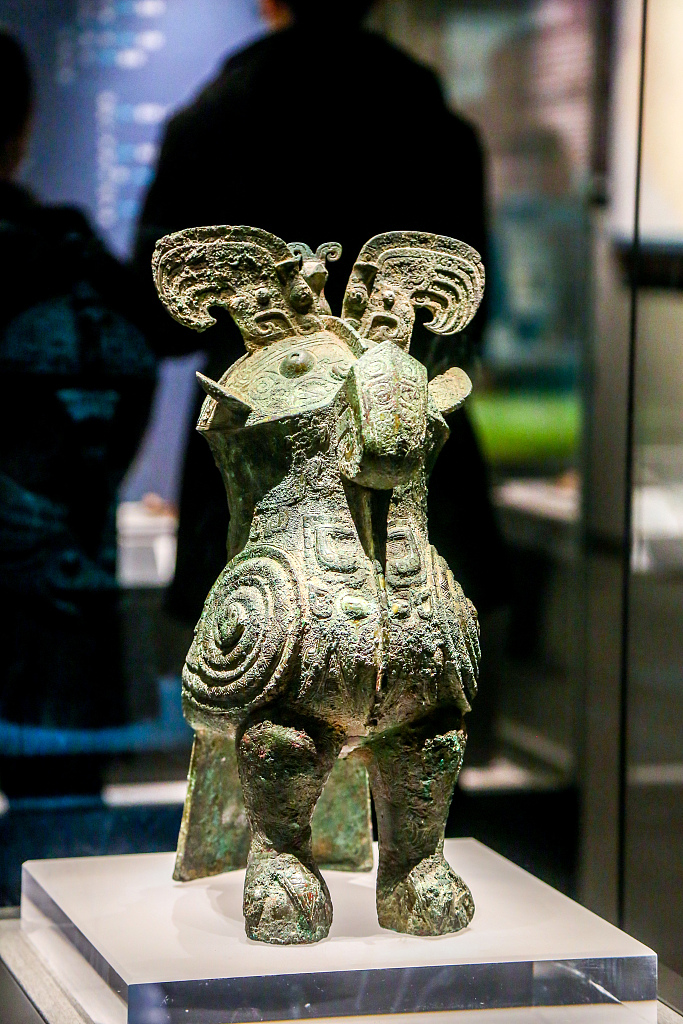
An owl-shaped Zun, a type of bronze wine vessel, excavated at the Tomb of Fu Hao is on display in Henan Museum in Zhengzhou, Henan, February 18, 2021. /CFP
An owl-shaped Zun, a type of bronze wine vessel, excavated at the Tomb of Fu Hao is on display in Henan Museum in Zhengzhou, Henan, February 18, 2021. /CFP
The site is where the Tomb of Fu Hao – the only tomb of a member of the royal family of the Shang Dynasty to have remained intact – and the famed oracle bone inscriptions were unearthed.
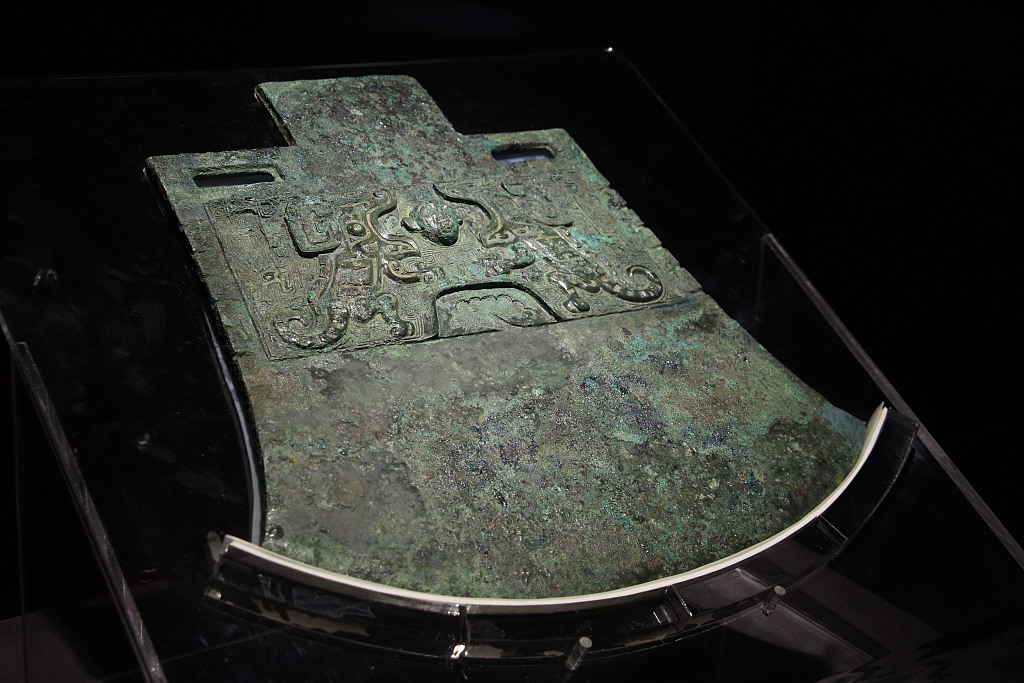
A long-handled ax excavated at the Tomb of Fu Hao is on display at a museum in Anyang, Henan, June 12, 2018. /CFP
A long-handled ax excavated at the Tomb of Fu Hao is on display at a museum in Anyang, Henan, June 12, 2018. /CFP
Known as "Jiaguwen" in Chinese, these "scratches" on bits of animal bones and on tortoise shells are considered the oldest Chinese scripts and the origin of the Chinese characters that we use today.
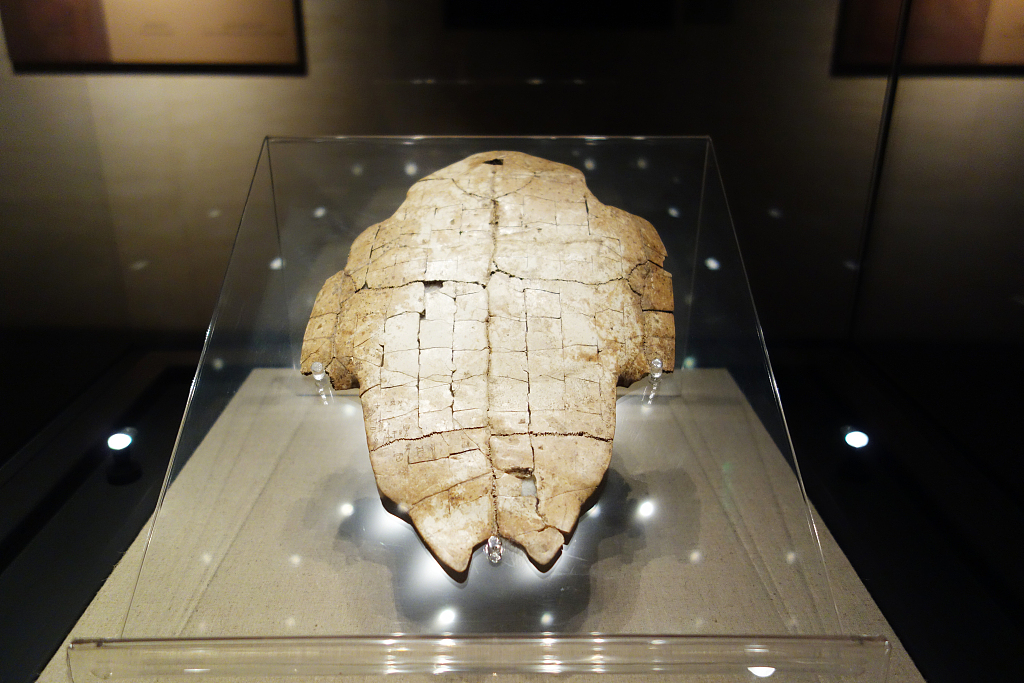
Oracle bones on display at the museum of Yinxu, or the Yin Ruins, in Anyang, Henan, June 11, 2013. /CFP
Oracle bones on display at the museum of Yinxu, or the Yin Ruins, in Anyang, Henan, June 11, 2013. /CFP
According to researchers, unlike other world's most famous ancient writing systems, such as hieroglyphs from ancient Egypt, cuneiforms from ancient Babylon, and Mayan glyphs from Mesoamerica, oracle bone inscriptions are the only ones that still survive as they evolved into current Chinese characters over thousands of years.
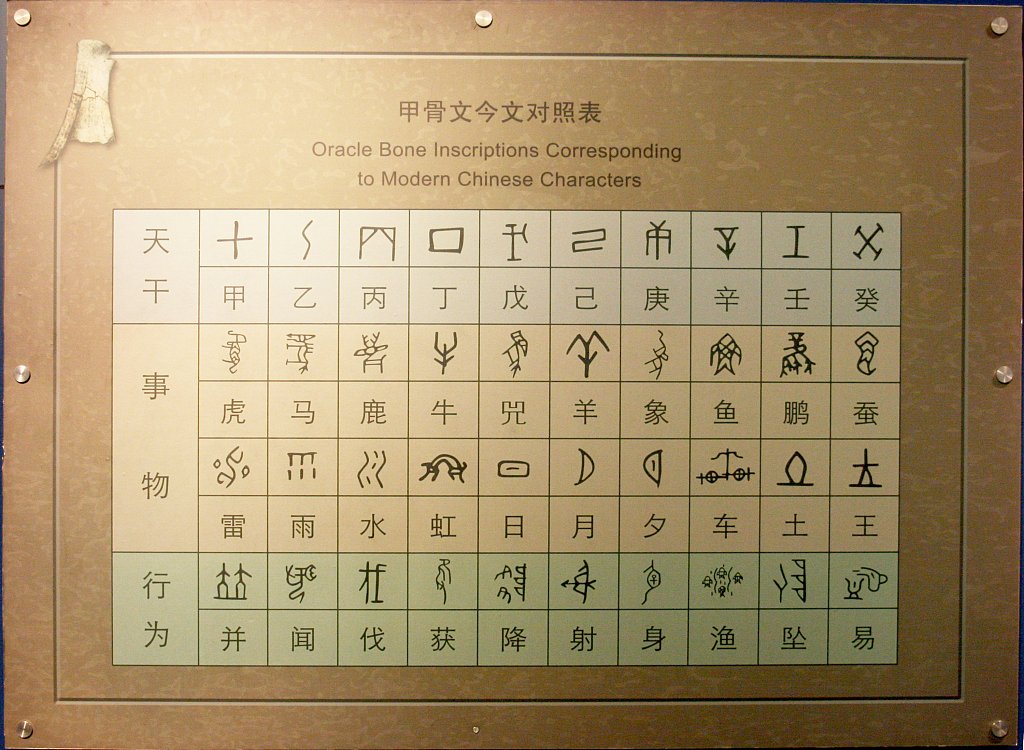
A comparison table demonstrating examples of how oracle bone inscriptions correspond to modern Chinese characters is shown in Anyang, Henan, July 12, 2007. /CFP
A comparison table demonstrating examples of how oracle bone inscriptions correspond to modern Chinese characters is shown in Anyang, Henan, July 12, 2007. /CFP